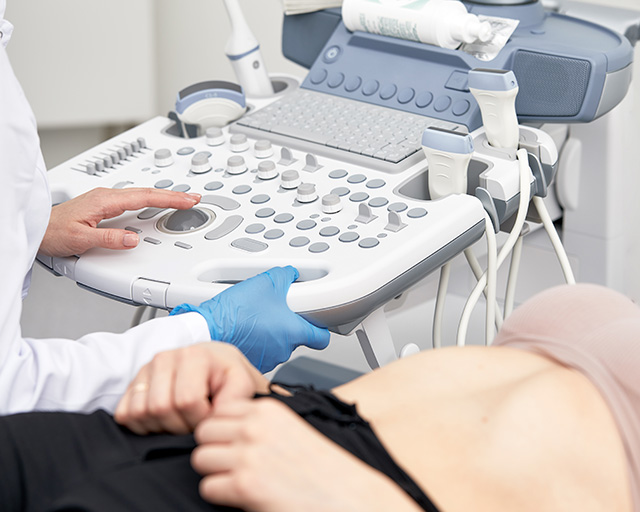- Monday - Thursday 8am - 5pm
- Friday 8am - 12:30pm
We are excited to share that Dr. Collins has joined the practice at Anniston OBGYN!
His office will be in the same building at 901 Leighton Ave., but he will now be in Suite 501. The phone number for the new office is 256-237-6755.
We look forward to continuing to provide you with the same personal, compassionate care you’ve come to expect!

OBGYN Associates of Anniston provides personalized, exceptional care for women with risk factors that may affect their pregnancy.
With over 26 years of experience, our team of compassionate, experienced professionals will be there every step of the way to answer your questions and provide the care you and your baby need.
There are certain pre-existing conditions or factors that can make a pregnancy qualify as high-risk.
These include lifestyle factors and chronic health conditions. If you have any of the following risk factors, consult your doctor:

Sometimes complications develop as the pregnancy progresses, even in women who don’t have the above risk factors.
These conditions can pose a risk to the baby and/or mother.


Women who have pre-existing risk factors or develop complications during pregnancy should consider seeing an OB/GYN experienced in managing high-risk pregnancies.
The physicians at OBGYN Associates of Anniston are experienced in managing pregnancy, including providing high-risk obstetric care.
Call today to schedule an appointment at

©2021 OBGYN Associates of Anniston. Website by